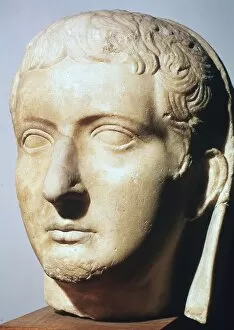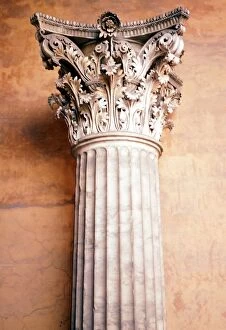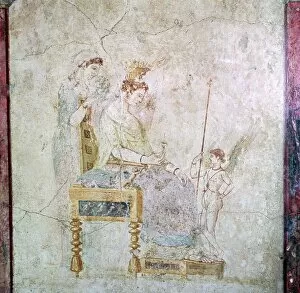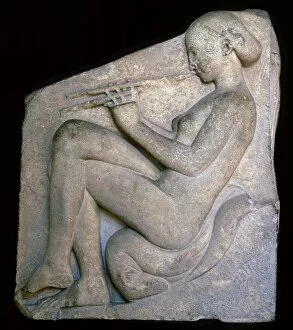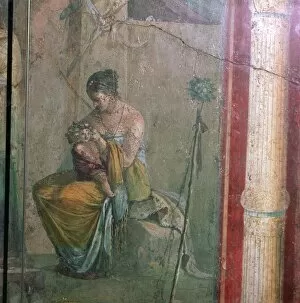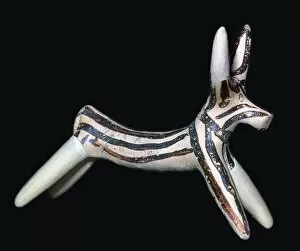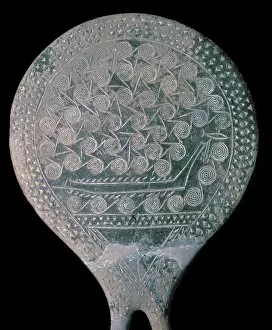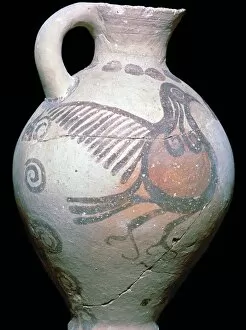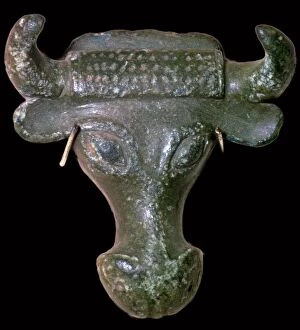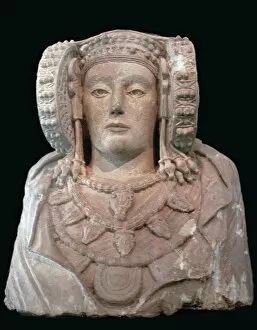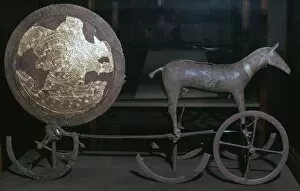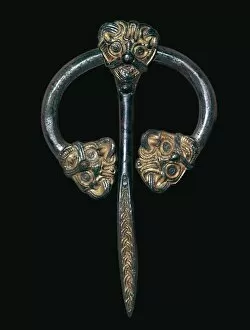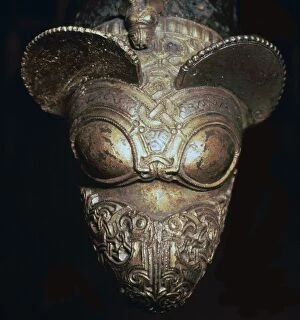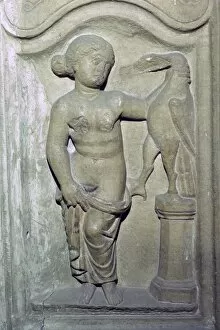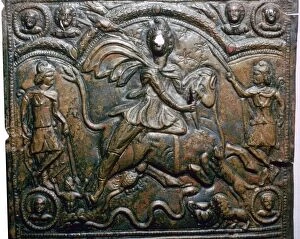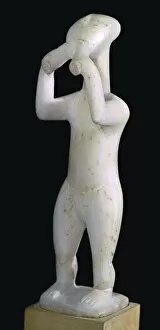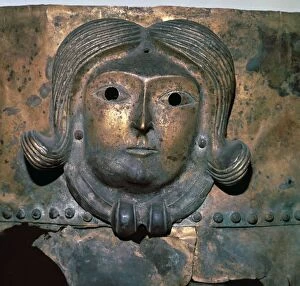National Museum Collection (#5)
Step into the captivating world of history and culture at the National Museum, where ancient treasures come to life
For sale as Licensed Images
Choose your image, Select your licence and Download the media
Step into the captivating world of history and culture at the National Museum, where ancient treasures come to life. Marvel at a Roman mosaic of a dog from the 1st century, showcasing exquisite craftsmanship that has stood the test of time. Be enchanted by the Greek Head of Gorgon or Medusa, transported all the way from Syracuse, Sicily, emanating an aura of mystery and power. Discover innovation through time as you encounter the VELOCIPEDE from 1914, curated by George C. Maynard himself - a true testament to technological advancements throughout history. Admire Emille Bell's masterpiece as it resonates with emotions that transcend centuries. Embark on a journey across continents as you explore glass bottles from Tylos period in Bahrain's New National Museum; witness their delicate beauty and imagine their past lives in distant lands. Lose yourself in awe while gazing upon a detailed wall painting salvaged from an Egyptian temple flooded by Lake Nasser - its vibrant colors whispering stories untold. Feel the warmth radiate from Doha's Sand Rose exhibit, capturing nature's artistry within its intricate formations. Stand before The Aztec Calendar Stone or Stone of the Sun in Mexico City; let its ancient wisdom guide your thoughts back to c1930s. Immerse yourself in historical narratives depicted through Daniel Maclise's poignant artwork "The Death of Nelson, " evoking empathy for heroes long gone but never forgotten. Witness Poseidon rise majestically from beneath sea depths near Cape Artemisian - his bronze statue embodying strength and grace since c5th century BC. Marvel at a Roman marble sarcophagus adorned with Dionysiac scenes; each intricately carved detail telling tales of love, loss, and celebration spanning two millennia. Finally, admire an antefix with Isana crafted in Lopburi art style found amidst Srisaket province - an artistic gem preserving cultural heritage from the 11th-12th century AD.

